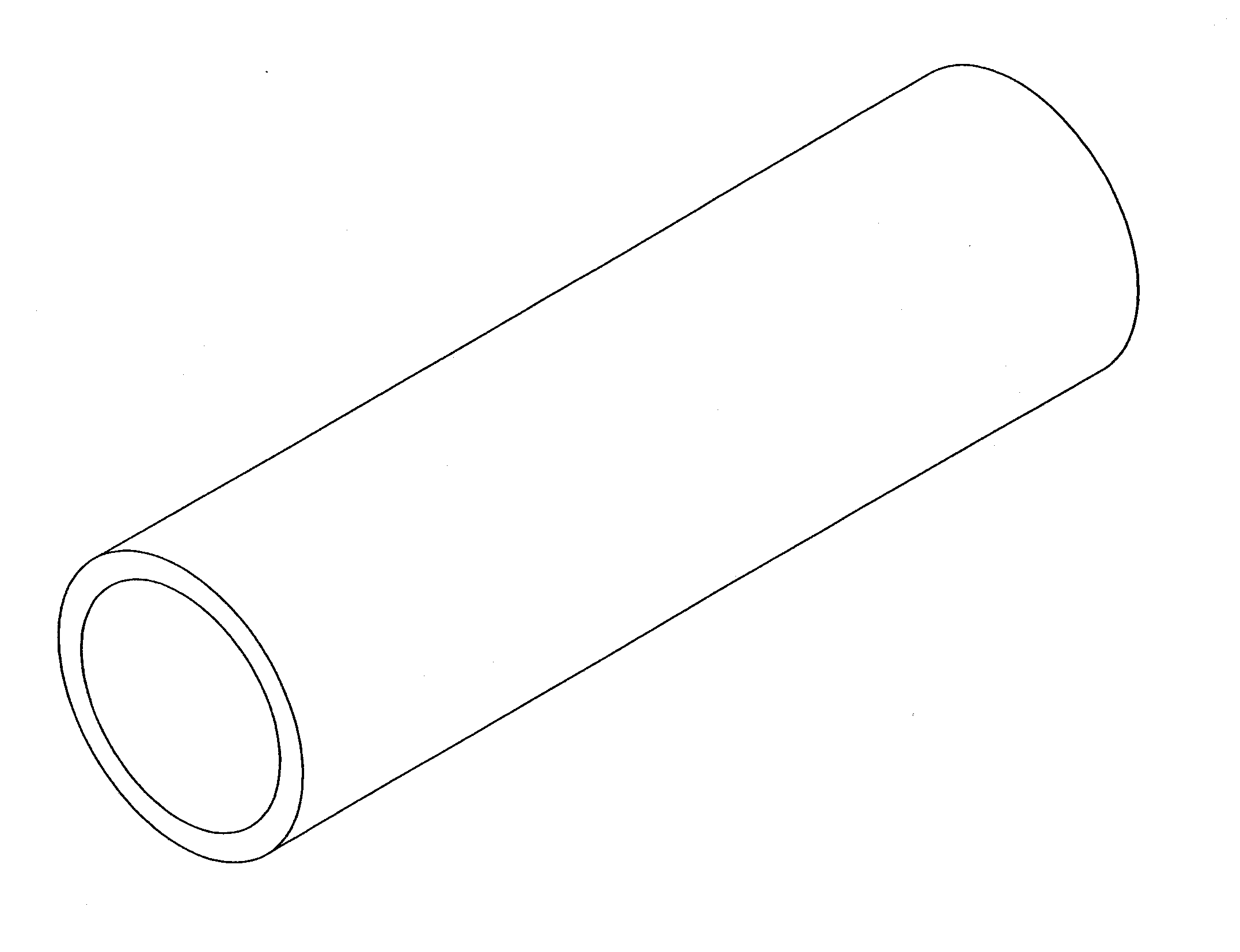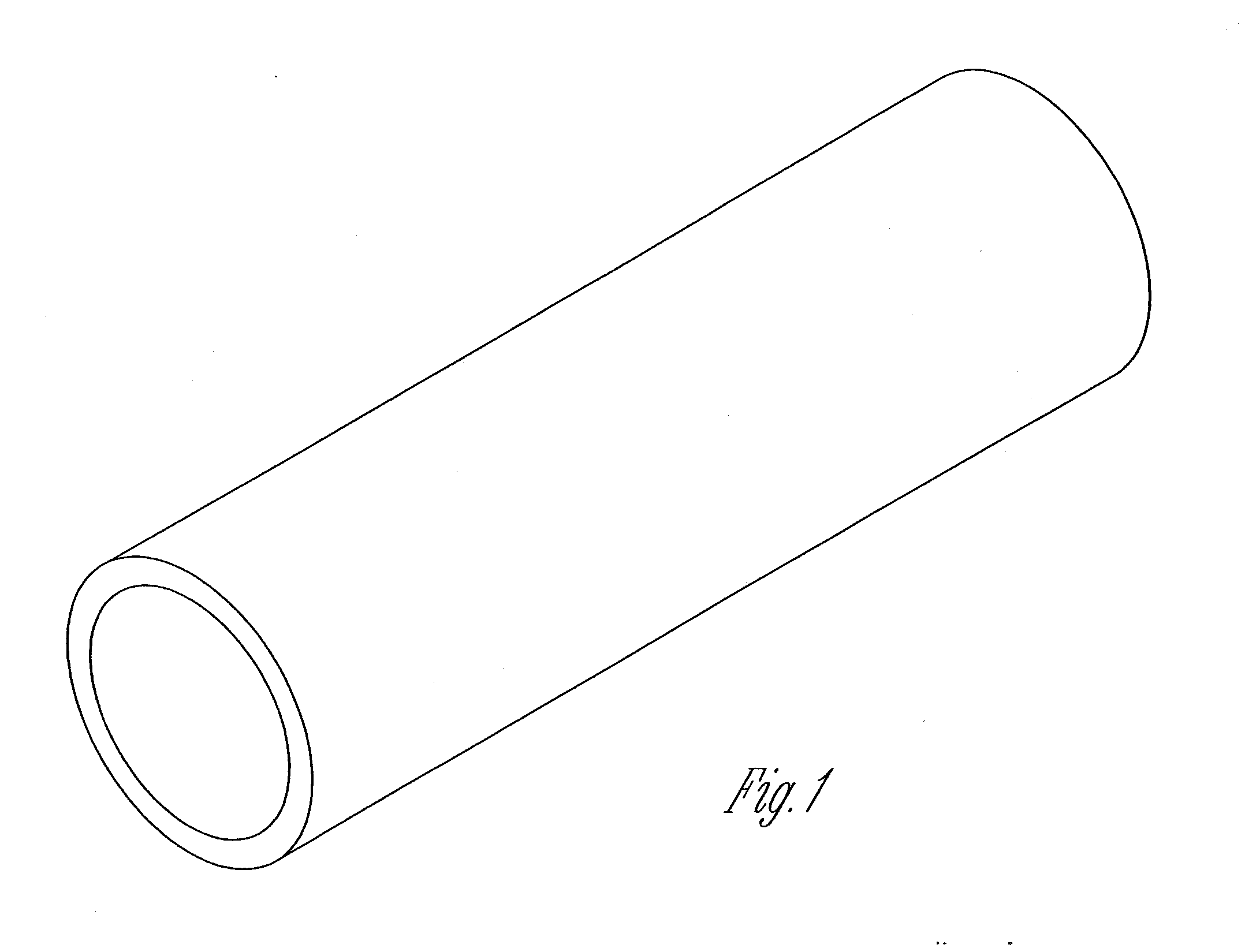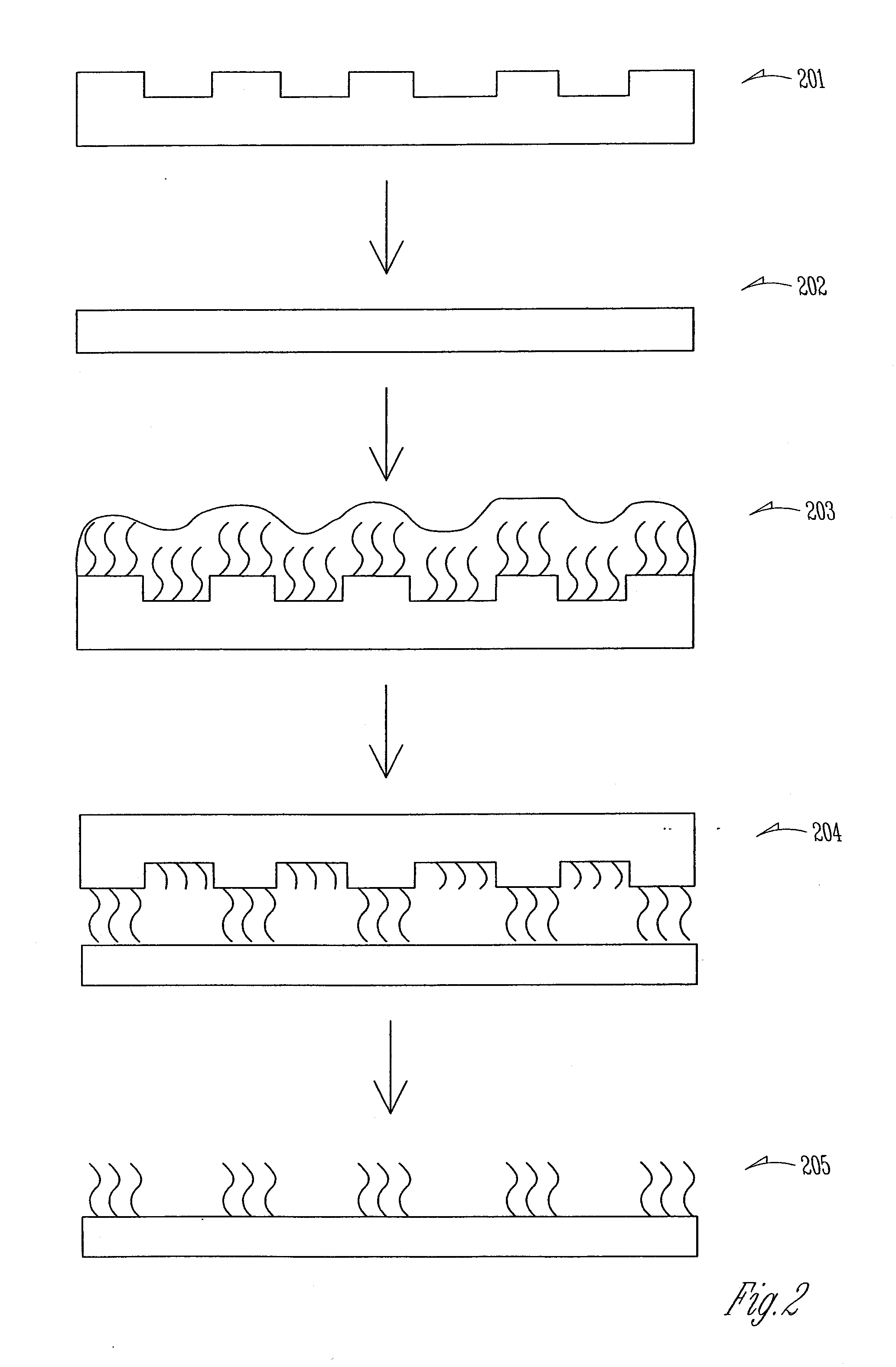Therapeutic devices for patterned cell growth
a technology therapeutic devices, which is applied in the direction of prosthesis, drug compositions, peptide/protein ingredients, etc., can solve the problems of reducing the ability of patterned cell growth to be regenerated, affecting the regrowth rate of patterned cells, and requiring additional surgical procedures. , to achieve the effect of encouraging nerve cell alignment and regrowth
- Summary
- Abstract
- Description
- Claims
- Application Information
AI Technical Summary
Benefits of technology
Problems solved by technology
Method used
Image
Examples
example 1
Optimized Synthesis of Salicylate-Based Poly(Anhydride) Esters
[0136]The synthesis of a salicylate-based poly(anhydride-ester) was optimized to improve the overall efficiency of the synthetic process as well as the quality of the polymer. The new approach for the preparation of the polymer precursor minimized the overall number of synthetic steps and increased the overall yield. A new melt-polymerization apparatus was used to provide dynamic mixing, which yielded polymer with increased molecular weights on both the milligram and gram scale.
Materials
[0137]Proton nuclear magnetic resonance (1H-NMR) spectra were recorded on either a Varian 200 MHz or 300 MHz spectrometer. Samples (5-10 mg) were dissolved in the appropriate deuterated solvent (CDCl3 or DMSO-d6) using the solvent as the internal reference. Infrared (IR) spectra were measured on a Mattson Series spectrophotometer by solvent-casting samples onto a NaCl plate. Melting points (Tm) were determined on a Thomas-Hoover apparatus....
example 2
In Vivo Implantation of Anti-Inflammatory Polymeric Substrates Promotes Healing
[0152]In vivo studies were conducted to compare the affects of a polymeric substrate of the present invention (referred to herein as the bioactive polymer or implant) and a chemically similar polyanhydride (referred to herein as the control polyanhydride) on the healing process. The sole chemical difference between these two polymers was the replacement of the ether bond in the polyanhydride of the bioactive polymer with an ester bond. This difference results in degradation to salicylic acid by the bioactive polymer as compared to degradation to a non-active component in the control polyanhydride.
[0153]In these experiments, the polymers were compression-molded into films with thicknesses of 0.1, 0.2 and 0.3 mm and cut into 0.5 mm wide strips.
[0154]Mice (n=10) were anesthetized and the palatal gingival mucosa adjacent to the maxillary first molar was reflected to expose the palatal and alveolar bone. A pol...
example 3
Stable Adsorption of Biologically Active Molecules
[0165]Biologically active molecules were stably adsorbed onto a polymeric substrate without chemical modification of the substrate and without the use of linkers. A nondegradable polymer, poly(methyl methylacrylate) (PMMA, 105 mm thickness, Goodfellows) and a degradable polymer, such as poly(hydroxybutyrate (PHB), polycaprolactone or polycaprolactam), were used as polymeric substrates for application of a micropattern of laminin. See FIG. 2 for the general procedure. For these experiments, the polymers were compressed into thin films of 200 μm and cut to the size of coverslips. After activation, polymeric substrates were evaluated via x-ray photoelectron spectroscopy, and / or scanning electron microscopy. These observation indicated that the polymeric surfaces were not significantly changed. After laminin absorption, its deposition was determined by incubating the prepared slips with rabbit anti-laminin affinity isolated antibody and ...
PUM
| Property | Measurement | Unit |
|---|---|---|
| height | aaaaa | aaaaa |
| height | aaaaa | aaaaa |
| length | aaaaa | aaaaa |
Abstract
Description
Claims
Application Information
 Login to View More
Login to View More - R&D
- Intellectual Property
- Life Sciences
- Materials
- Tech Scout
- Unparalleled Data Quality
- Higher Quality Content
- 60% Fewer Hallucinations
Browse by: Latest US Patents, China's latest patents, Technical Efficacy Thesaurus, Application Domain, Technology Topic, Popular Technical Reports.
© 2025 PatSnap. All rights reserved.Legal|Privacy policy|Modern Slavery Act Transparency Statement|Sitemap|About US| Contact US: help@patsnap.com



